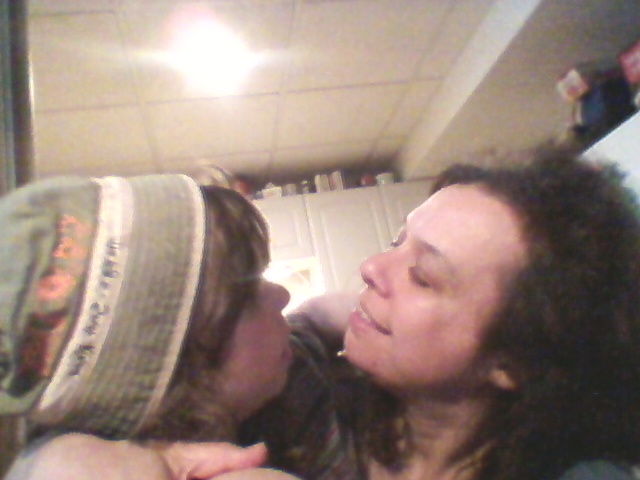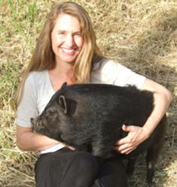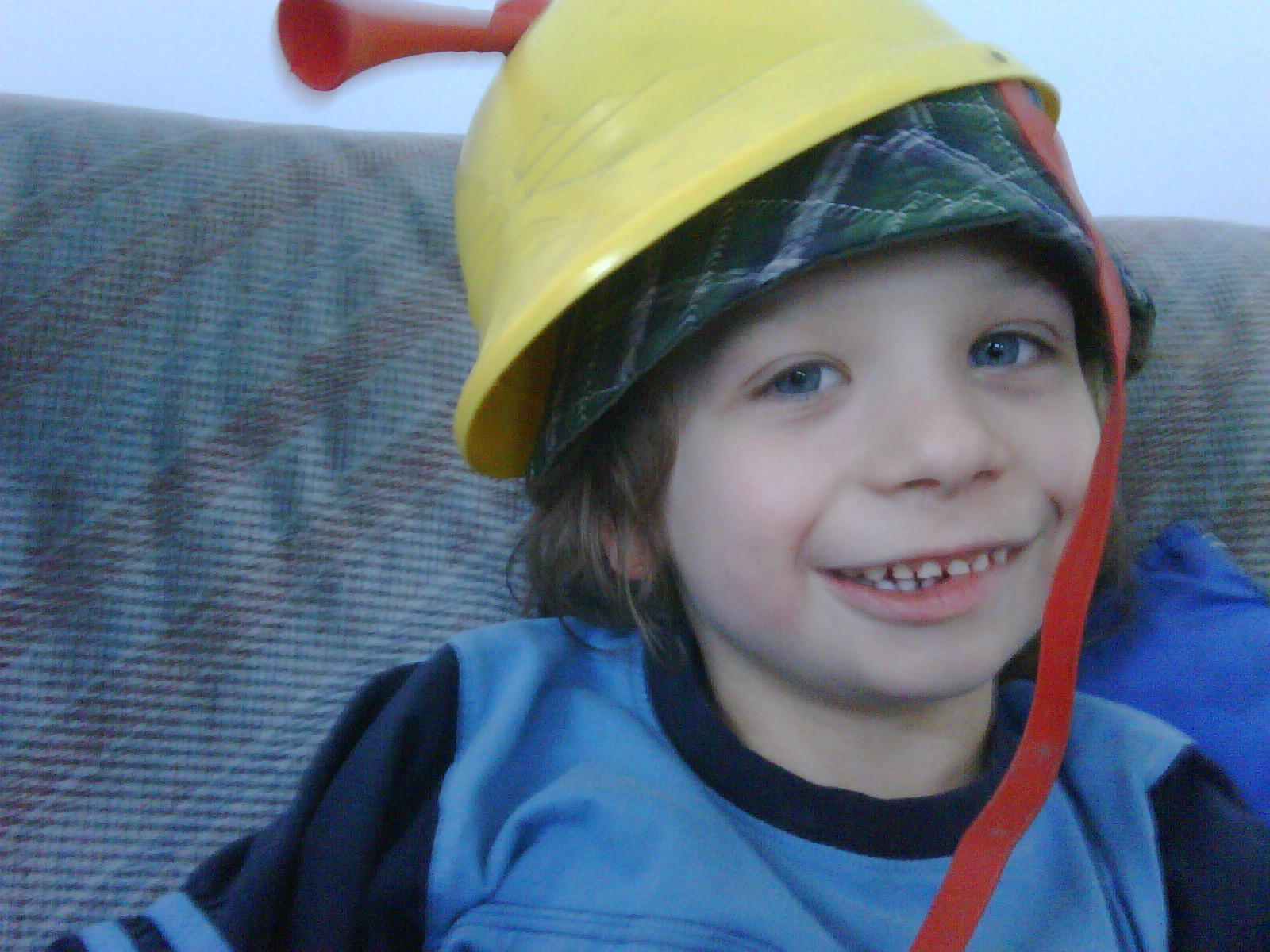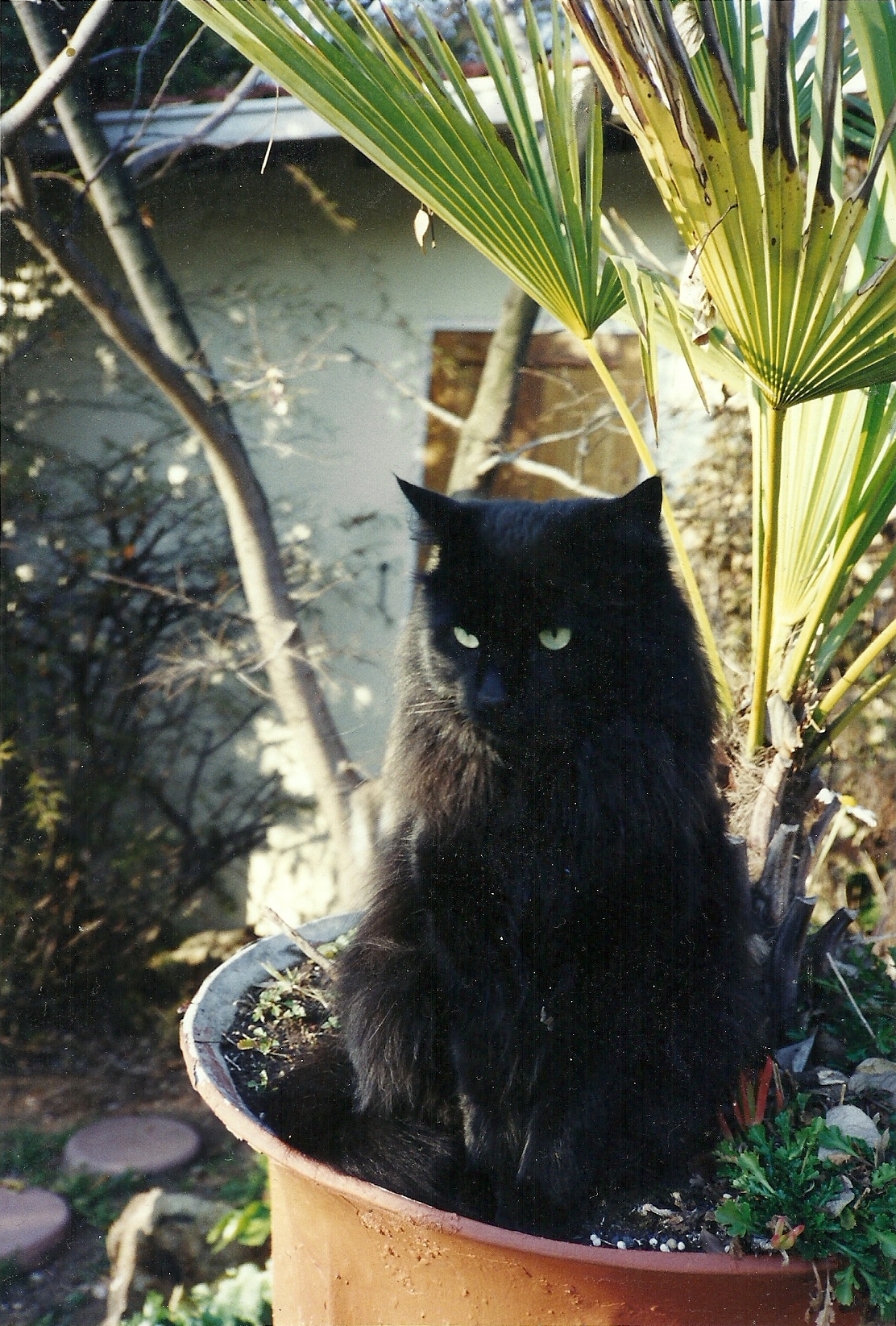I am participating in the 2012 Wordcount Blogathon, which means one post every day for the month of May.
Yesterday, an emoticon on a website made me feel guilty.
When I say “emoticon”, I mean those little faces that you put into emails to express how you feel about something. Like this: 🙂
And when I say “guilty”, I am referring to that feeling of being a bad person.
Ridiculous, isn’t it? You’d think there was already enough guilt to go around without having to worry about little smiley or frowney faces.
It all began when I started getting a lot of spam comments on the new, improved version of my blog. For a day or so I lived with this, but then realized that the problem could be solved if I simply activated an anti-spam plugin that was already installed. Activating the plugin involved going to a website to get a numeric key that would then be entered into the plugin settings.
Off I went to the website, where I was presented with options. I could choose the “Premium” version, which naturally involved an annual fee, or I could choose the “Personal Use” version. Somewhat bafflingly, this was listed as costing “$0 – $200”. I selected this one on the grounds that “zero dollars” appeared to be an option, and on the following screen there was a message inviting me to make a voluntary donation to help cover the cost of keeping the software going. The message was accompanied with a little sliding scale thing. If you moved the bar all the way to the right, you were donating $200. If you moved it all the way to the left you were contributing nothing. Beside the sliding scale there was a nice cheerful-looking smiley face emoticon.
Well, I’m hardly going to voluntarily pay for something that I can get for free, right? I slid the bar all the way to the left-hand side of the sliding scale. As I did so, the emoticon’s sunshiney smile transformed into a forlorn-looking sad face.
When I saw that, I found that I was flooded with guilt, to the extent that I almost whipped out my credit card to make a donation. I just couldn’t bear the thought of that little face being so sad. It was almost as if it was an actual person.
I came to my senses, of course, but I was very surprised at how strong an emotion that little face invoked. I suppose the company banks on enough people experiencing that effect and being guilted into paying up.
It is interesting how the mere images of emotions can inspire us to feel those emotions ourselves. In fact, I am using emoticons as a tool to teach my son George how to identify emotions. This is something he has immense difficulty with, and I believe that it leads to his inability to regulate his emotions at times. Not being able to communicate how he feels must be immensely frustrating for him.
I show him emoticons, simply because they are uncomplicated. A round face with a facial expression, and nothing else. I will, of course, have to teach him how to recognize the context surrounding emotions, but that has to come later. He has to first learn how to identify the emotions themselves.
So far, he’s mastered Happy, Sad, and in a recent breakthrough, Mad.
His repertoire of emotions is not big enough yet, not by any means, but it’s more than it was a year ago, and that is progress. While he makes giant leaps in some areas, in other things – like this – he has to take baby-steps.
I’m right there beside him, trying to guide him whenever I can.
(Photo credit: http://www.flickr.com/photos/somegeekintn/3810233454. This picture has a creative commons attribution license.)




















